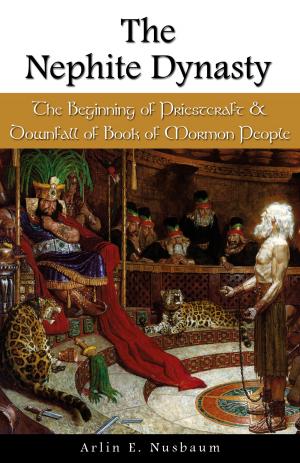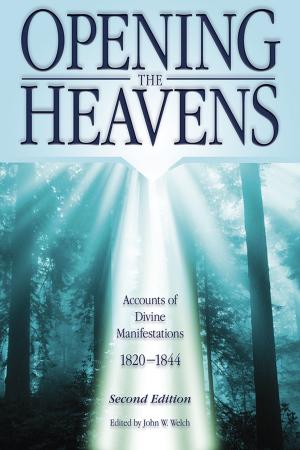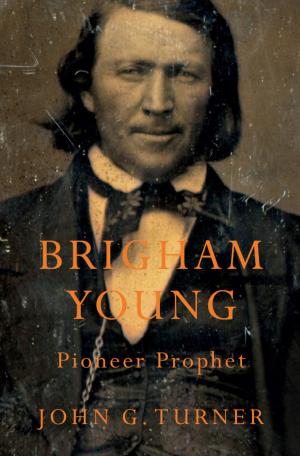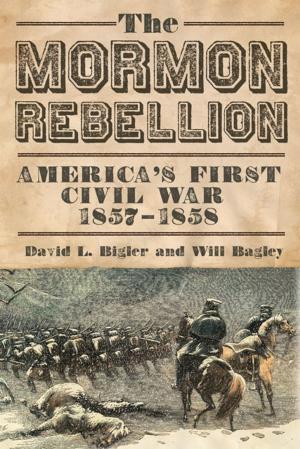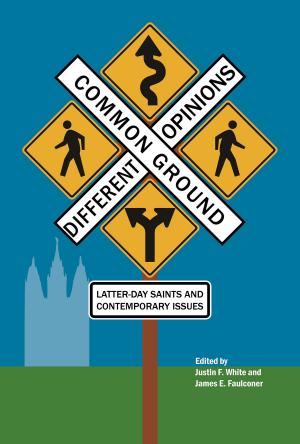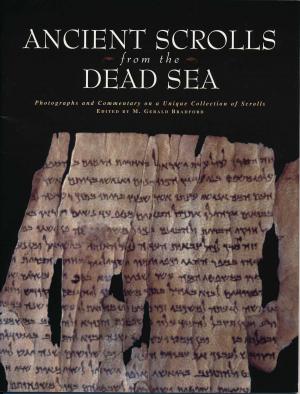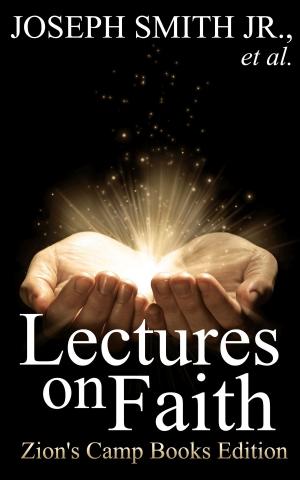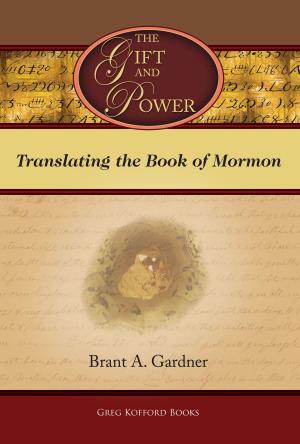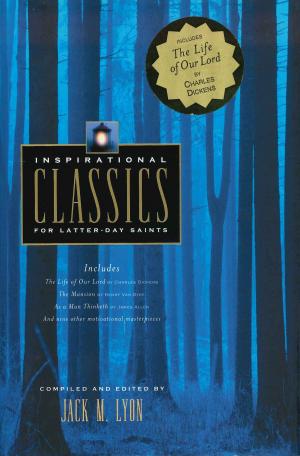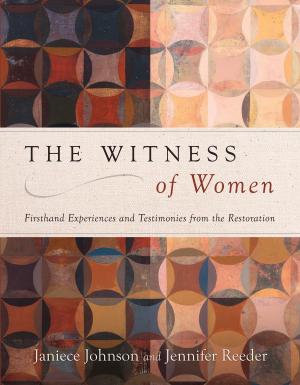THIS LAND
AMERICA 2,000 B.C. TO 500 A.D.
Nonfiction, Religion & Spirituality, Reference, Antiquities & Archaeology, History, Americas, North America, Christianity, Denominations, Mormonism| Author: | Wayne May | ISBN: | 9780985503444 |
| Publisher: | Hayriver Press | Publication: | October 28, 2012 |
| Imprint: | Language: | English |
| Author: | Wayne May |
| ISBN: | 9780985503444 |
| Publisher: | Hayriver Press |
| Publication: | October 28, 2012 |
| Imprint: | |
| Language: | English |
Wayne May has done more work and research on the North American setting for the Book of Mormon than any single individual. The evidence he has compiled is overwhelming as a witness not only to the setting of this book of scripture, but also to the reality of the Book of Mormon as a historical record. Hugh Nibley remarked that ”...one may well ask what kind of remains the Nephites would leave us from their more virtuous days. A closer approximation to the Book of Mormon picture of Nephite culture is seen in the earth and palisade structures of the Hopewell and Adena culture areas than in the later stately piles of stone in Mesoamerica.” (Hugh Nibley, The Prophetic Book of Mormon [Salt Lake City and Provo: Deseret Book Co., Foundation of Ancient Research and Mormon Studies, 1989], 271.) The Hopewell culture, discussed in Wayne May’s, This Land, is the only civilization in the Western Hemisphere that corresponds directly, in time and space, to the events described in the Book of Mormon and the statements of the prophet and translator, Joseph Smith.
The evaporation of the Hopewell Culture has taken place as the expansion of the settlements and population centers have grown since the early 1800’s. The best preserved details, drawings, and explanations of this culture can only be found in the records of eyewitness accounts and those who were present during the many excavations undertaken before the twentieth century. In this fourth volume of This Land, Wayne has brought together the works of early scholars and archaeologists as well as contemporary authors that have been exploring these settlements, monuments, and mounds of North America in a way that should have been done decades ago. Any serious student of the Nephite record must read This Land before coming to any conclusion about the geographical setting of the Book of Mormon.
The evidence contained in This Land stands as another witness and testimony of this important scripture, and to the statements of Joseph Smith pertaining to the geographical setting of the “promised land” discussed in the pages of the Book of Mormon. For over a quarter of a century Wayne May has been a voice in the wilderness researching and sharing this important information about those who lived upon “This Land”. With the added voices of science, genetics, archaeology, and the statements of Joseph Smith, it is time to take the evidences found in This Land seriously.
Bruce H. Porter Ph. D
Wayne May has done more work and research on the North American setting for the Book of Mormon than any single individual. The evidence he has compiled is overwhelming as a witness not only to the setting of this book of scripture, but also to the reality of the Book of Mormon as a historical record. Hugh Nibley remarked that ”...one may well ask what kind of remains the Nephites would leave us from their more virtuous days. A closer approximation to the Book of Mormon picture of Nephite culture is seen in the earth and palisade structures of the Hopewell and Adena culture areas than in the later stately piles of stone in Mesoamerica.” (Hugh Nibley, The Prophetic Book of Mormon [Salt Lake City and Provo: Deseret Book Co., Foundation of Ancient Research and Mormon Studies, 1989], 271.) The Hopewell culture, discussed in Wayne May’s, This Land, is the only civilization in the Western Hemisphere that corresponds directly, in time and space, to the events described in the Book of Mormon and the statements of the prophet and translator, Joseph Smith.
The evaporation of the Hopewell Culture has taken place as the expansion of the settlements and population centers have grown since the early 1800’s. The best preserved details, drawings, and explanations of this culture can only be found in the records of eyewitness accounts and those who were present during the many excavations undertaken before the twentieth century. In this fourth volume of This Land, Wayne has brought together the works of early scholars and archaeologists as well as contemporary authors that have been exploring these settlements, monuments, and mounds of North America in a way that should have been done decades ago. Any serious student of the Nephite record must read This Land before coming to any conclusion about the geographical setting of the Book of Mormon.
The evidence contained in This Land stands as another witness and testimony of this important scripture, and to the statements of Joseph Smith pertaining to the geographical setting of the “promised land” discussed in the pages of the Book of Mormon. For over a quarter of a century Wayne May has been a voice in the wilderness researching and sharing this important information about those who lived upon “This Land”. With the added voices of science, genetics, archaeology, and the statements of Joseph Smith, it is time to take the evidences found in This Land seriously.
Bruce H. Porter Ph. D

